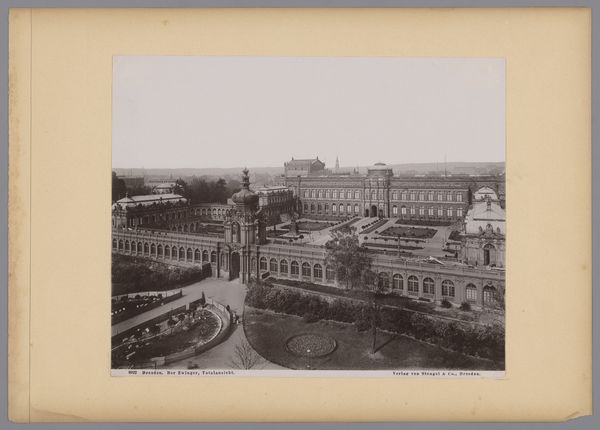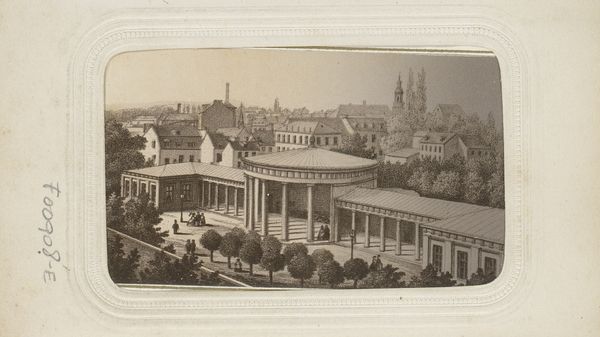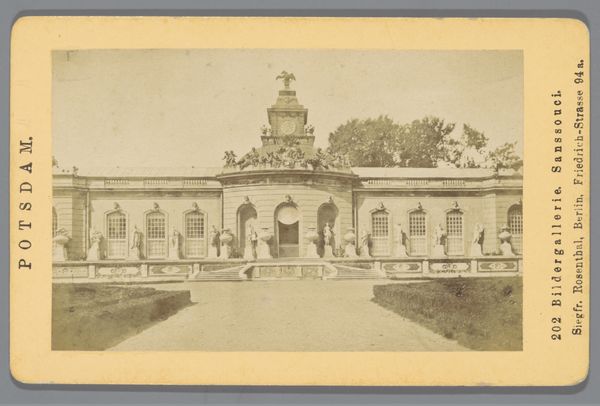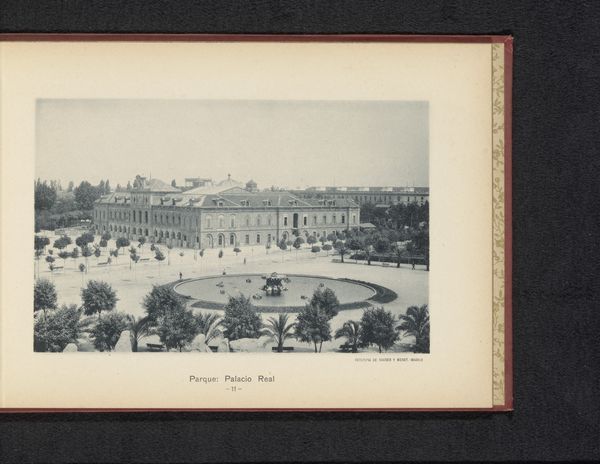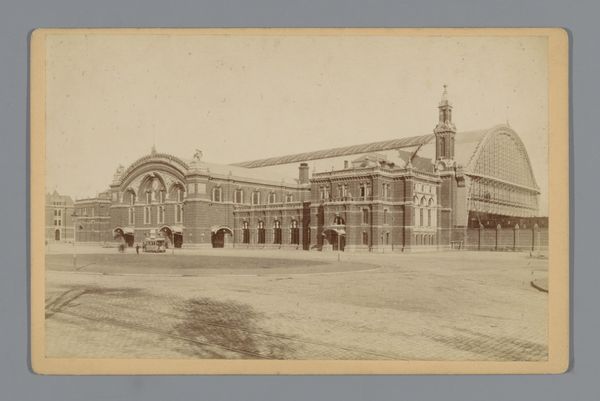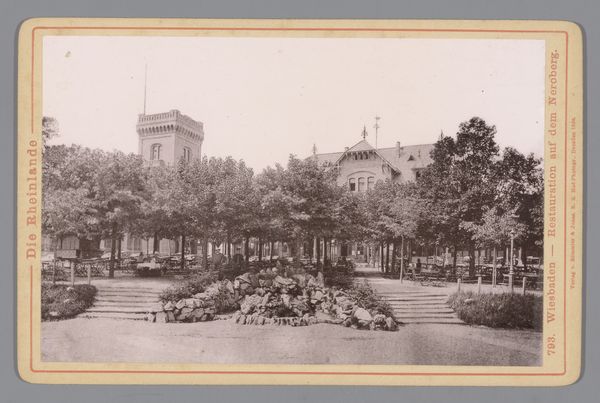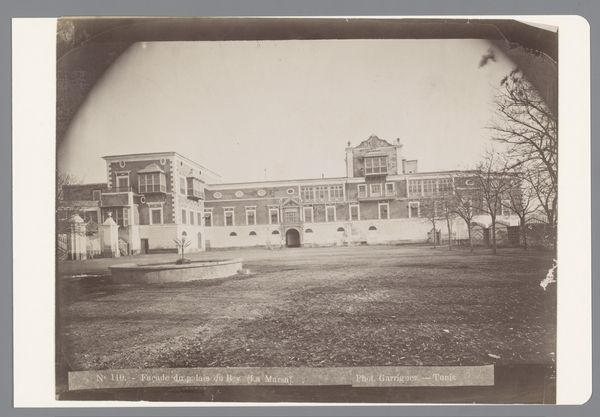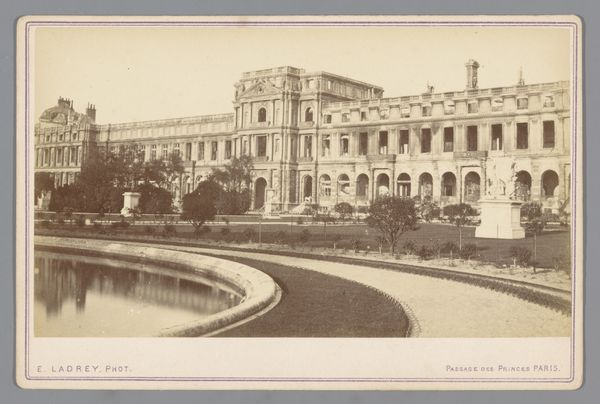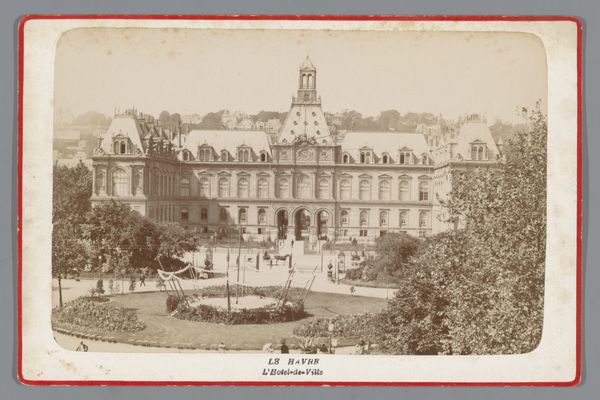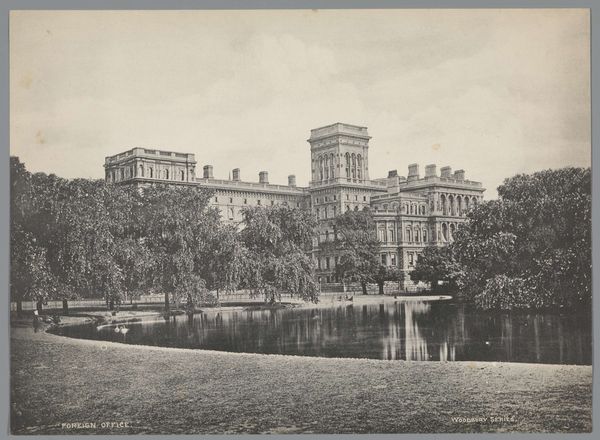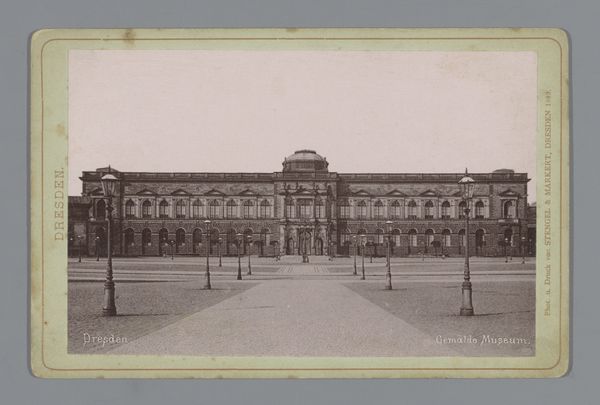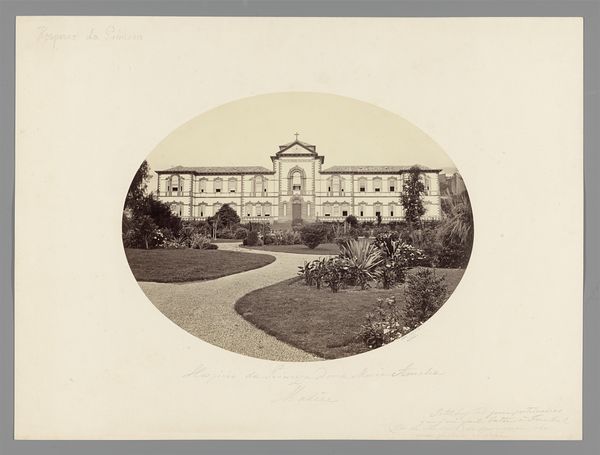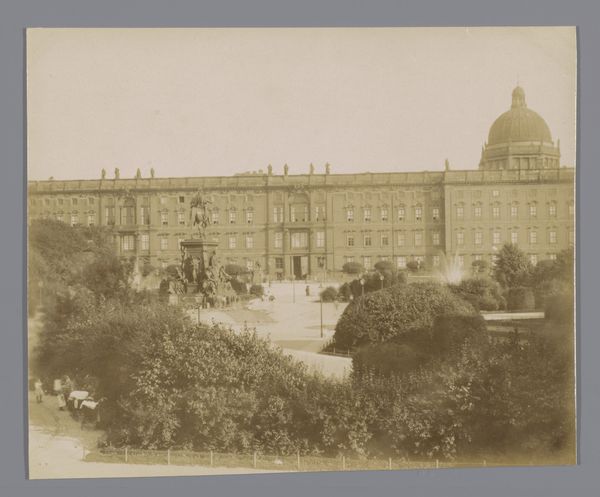
print, photography
# print
#
landscape
#
photography
#
cityscape
#
paper medium
#
realism
Dimensions: height 108 mm, width 166 mm
Copyright: Rijks Museum: Open Domain
Curator: Looking at this photographic print, made by Stengel & Markert in 1892, titled "Gezicht op de Zwinger in Dresden" – or, "View of the Zwinger in Dresden," one can't help but consider its role within a rapidly changing sociopolitical landscape. Editor: It has a kind of dreamlike formality, doesn't it? I mean, the way the light falls on the Zwinger…it's almost theatrical. The grand architecture rendered in monochrome creates such a strong sense of place, but feels almost melancholic. Curator: Absolutely. We must contextualize its creation within late 19th-century Germany. The rise of industrialization, nationalism, and the emergence of photography as both an art form and a tool for documentation cannot be separated from this work. Note how it depicts an ordered, established world just before immense shifts. It's more than a postcard-perfect landscape. Editor: I get that entirely! But still… I feel like I'm seeing this not just as history, but almost like a memory. It is romanticizing that moment, don't you think? It reminds me of looking through old family photo albums, searching for a connection to ancestors and the past, tinged with the unavoidable awareness of time's passage. Curator: Precisely. This print participates in a cultural narrative about heritage and power structures. How did they intend for it to shape perceptions of German identity? Consider the composition and visual techniques involved. It speaks to dominant ideologies regarding civic planning and imperial vision. Who gets remembered and who gets omitted through landscape depictions like these is quite compelling. Editor: I agree, but thinking about how photography at that moment could capture a specific mood. Imagine taking this today; different focus, saturation and a completely different take away of the essence of what is in front of you. Curator: By juxtaposing art history with today, and intersectional frameworks like critical race theory, postcolonialism and gender studies to photographic and printed matter – one sees what narratives endure and those requiring challenge, while interrogating its significance beyond just an image, and towards historical significance. Editor: Exactly. And as an artist, my eye is caught by this ghostly record, it stirs my own imagination, how you capture an essence and emotion in an old image! Curator: Well, reflecting on it all now, I believe exploring visual culture as more than aesthetic records leads to discussions around complex questions about heritage, power, identity and time itself. Editor: Totally! Now I need to create a photo, I feel inspired!
Comments
No comments
Be the first to comment and join the conversation on the ultimate creative platform.
